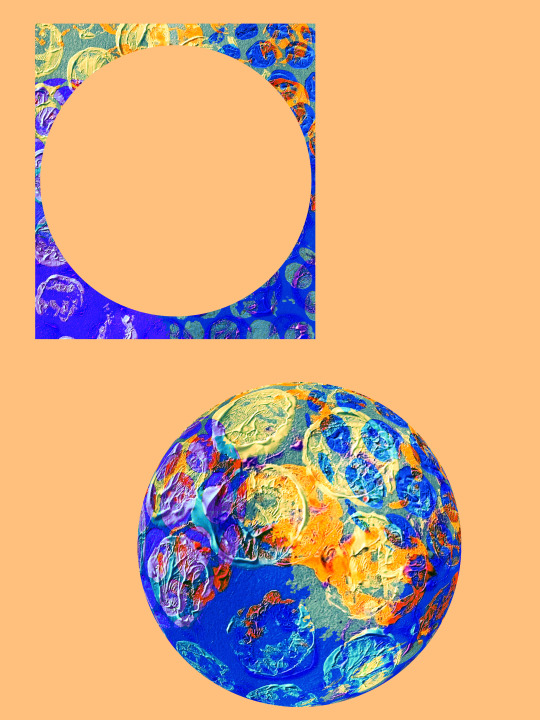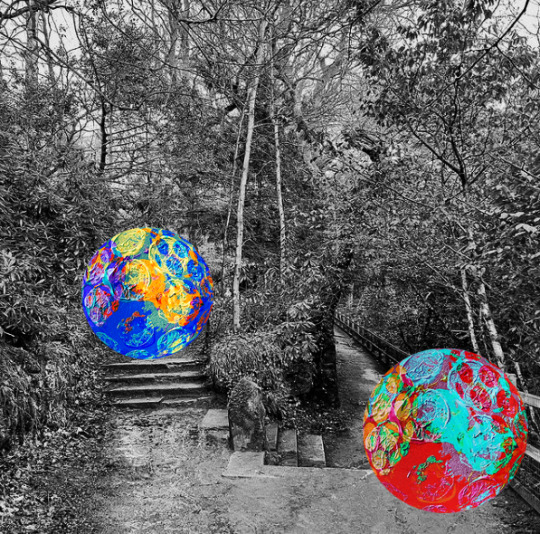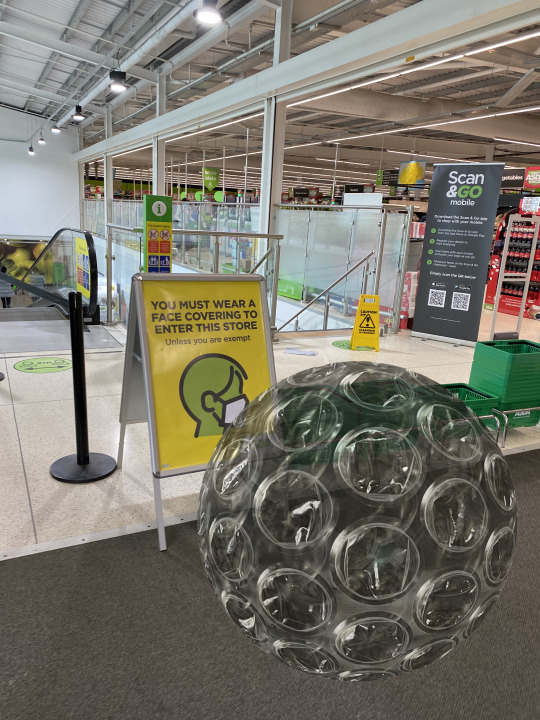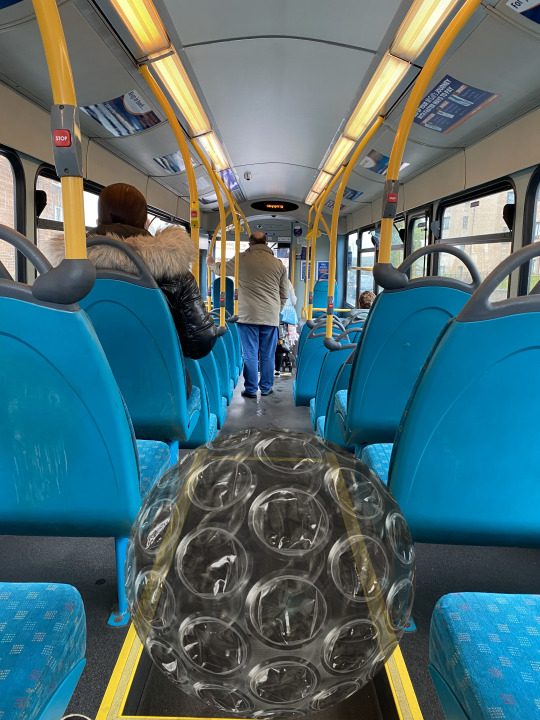Link
https://www.nationalgalleries.org/art-and-artists/109186/6-times-right-6-times
“ 6 TIMES comprises six life-size figures, positioned between the grounds of the Scottish National Gallery of Modern Art and the sea at Leith Docks, Edinburgh. Typical of Gormley’s oeuvre, the figures are casts of the artist’s body. Each looks in a slightly different way, which is referenced to in the subtitles: Horizon, Ground, Left, Right and Sky. The work is quiet and contemplative, drawing attention to the natural and man-made environment of the Water of Leith, which runs through the heart of Edinburgh. Gormley encourages the viewer to consider how human beings fit into the social and natural landscapes they inhabit, how they understand identity and how they engage with one another.”






0 notes
Text
Who commissions site specific art?
An arts organisation or institution
An independent curator or commissioner
A private developer or local authority
Types of commission
Producing a finished object or artwork
Producing a community project
Producing an event or activity
Producing an exhibition of new work
Further development of an evolving project or process
Research and development
A collaborative process within an institution/organisation
https://www.artquest.org.uk/how-to-articles/types-of-commission/
Questions an Artist should consider about the commissioner:
What is the commissioner’s background and ethos? Look at other projects they have supported and how your work would fit into their portfolio.
Identify commissioning process – how does it fit with your approach? Is commissioner flexible and open to experimentation, to an evolving and collaborative approach, or are they very structured?
Be selective, keep vision and integrity of artwork, but also be open to new possibilities to gain experience
0 notes
Link

Robert Smithson’s “Partially Buried Woodshed” (1970), on the campus of Kent State University in 1983.Credit...
0 notes
Text
As I live far from town and because were not in college and I haven't found myself there so I have been rethinking Buchanan street as my installation spot and instead, have my bubble in other places people meet, shops, parks etc, i think this will still work as the 2m distance still applies.
0 notes
Text
Jason Rhoades
1965

Jason Rhoades (1965 – 2006) is known for monumental, room-filling installations. These idiosyncratic sculptures incorporate a wide range of objects including products of mass culture combined with hand-made items and biographical references. Drawing on the history of assemblage, Rhoades imbues his materials with powerful formal, narrative and allegorical links, encouraging viewers to connect and interpret the associative chains.


0 notes
Link
Along with the colleges health and safety I thought I should also look up my councils as glasgow city is where my installation would take place
0 notes
Text
Health and safety for the college
I thought it would be good to include as part of my idea was to install in the college itself
0 notes
Photo



My bubble in the college
as mentioned my original plan was to display my work in the college because of the restrictions in place, so I thought it would be a good idea to give it a go and to be honest I really love it. Next I'm going to put my bubble in the space I have planned Buchanan street and I also may take more images of streets and parks so there's more of a variety in the work
0 notes
Text

Collecting plastic to reuse for the project as i feel buying new materials isnt great for the environment and i would like to be conscious about that throughout my exploration
0 notes
Link
0 notes
Link
“The term public art refers to art that is in the public realm, regardless of whether it is situated on public or private property or whether it has been purchased with public or private money
Usually, but not always, public art is commissioned specifically for the site in which it is situated. Monuments, memorials, and civic statues and sculptures are the most established forms of public art, but public art can also be transitory, in the form of performances, dance, theatre, poetry, graffiti, posters and installations.
Public art can often be used as a political tool, like the propaganda posters and statues of the Soviet Union or the murals painted by the Ulster Unionists in Northern Ireland. Public art can also be a form of civic protest, as in the graffiti sprayed on the side of the New York subway in the 1980s.”

Cai Guo-Qiang
Mr Ye Who Loves Dragon
2003
0 notes
Link
Thinking about how an artist actually goes about getting permission to display and create art publicly.
0 notes
Photo


Bubbles taken from patterns
I really like how much you can see the paint texture from the print process in the digital works. I want to explore this a bit more, possibly with more media? Different sorts of plastics/bubbles.
0 notes























